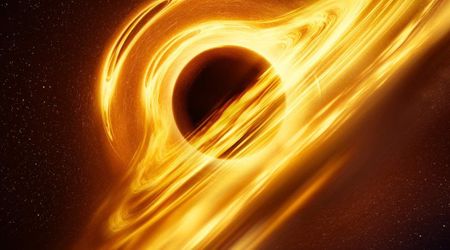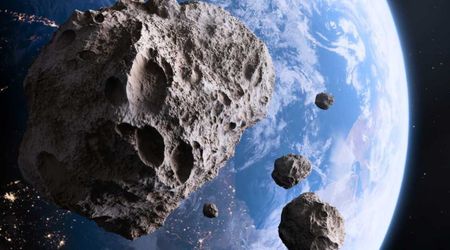NASA’s next big solar mission clears key hurdle, moves one step closer to its 2027 launch

NASA's MUSE (Multi-slit Solar Explorer) mission completed its critical design review (CDR) on May 9. This major milestone, which brings the mission closer to its 2027 launch, involved a comprehensive and detailed examination of every subsystem and interconnecting harness of the observatory. The review was conducted at Lockheed Martin Space Systems Advanced Technology Center in Palo Alto, California, with a team of subject matter experts from both NASA and the industry overseeing the process, reported NASA.

Bart De Pontieu, MUSE principal investigator and solar physicist at the Lockheed Martin Solar and Astrophysics Laboratory, shared his positive outlook: “We are excited to have passed this crucial milestone. We look forward to the building, integration, and testing of this important science mission.” MUSE aims to unlock secrets of the Sun's corona, its dynamic and superheated outer atmosphere, by capturing unique high-resolution images and spectral data. A long-standing scientific puzzle is the extreme temperature of this region compared to the solar surface, as well as the underlying causes of its explosive activities, such as solar flares and coronal mass ejections. Furthermore, through its study of how the solar atmosphere destabilizes and changes during these events, MUSE will provide crucial contributions to our knowledge of space weather events. The findings from MUSE have the potential to vastly improve our protective measures for astronauts, Earth-based electronics, and spacecraft operating throughout the solar system.

Led by Lockheed Martin Solar and Astrophysics Laboratory, the MUSE mission is a collaborative effort managed by the Explorers Program Office at NASA’s Goddard Space Flight Center in Greenbelt, Maryland. This management is conducted for the Heliophysics Division of NASA’s Science Mission Directorate. The construction of the MUSE instrument and spacecraft is a joint undertaking by Lockheed Martin Advanced Technology Center and its partner institutions, with the University of California, Berkeley, providing the vital mission operations center. Additionally, the MUSE mission benefits from substantial international contributors, including support from the Norwegian Space Agency, the Italian Space Agency, the German Space Agency, as well as the Max Planck Institute for Solar System Research.
MUSE is equipped with two high-tech instruments that will allow it to resolve details as small as 250 kilometers within the Sun's hot atmosphere, a resolution unmatched by any other NASA solar mission. A key component is its one-of-a-kind multi-slit spectrograph, which is central to MUSE's unique capabilities. Because spacecraft cannot fly into low altitudes where solar eruptions originate, scientists use remote sensing to diagnose conditions in this region. The spectrograph breaks down light into various wavelengths, allowing researchers to precisely measure distant physical properties such as the temperature, velocity, and turbulent movements of the solar gas emitting the light.

As De Pontieu explains, “These are the kinds of measurements we really need to pin down the physical mechanisms of what drives these eruptions and explosions.” Compared to older single-slit spectrographs, MUSE's multi-slit technology can gather data up to 100 times faster, providing an unparalleled look at the solar corona, coronal mass ejections, and solar flares. An accompanying imager will capture extreme ultraviolet light, further enhancing our understanding of the solar atmosphere's temperatures, structure and dynamics.









